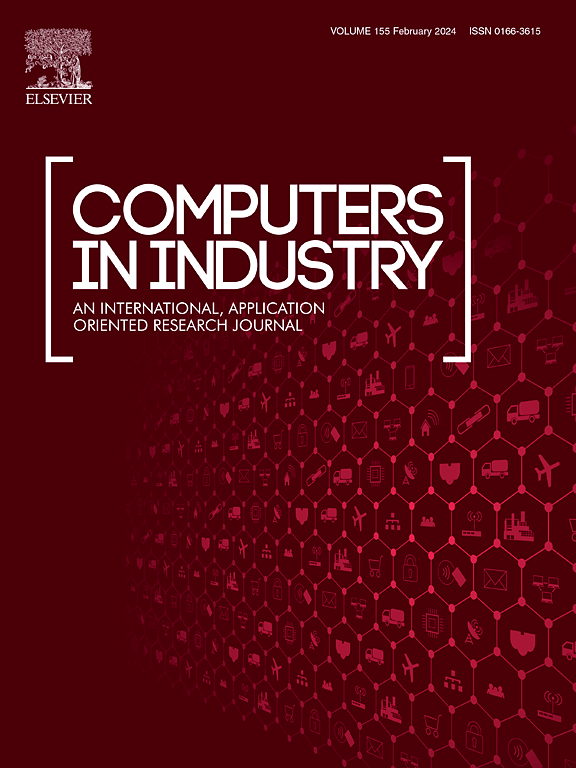开发支持 BIM 的机器人制造框架,促进预制建筑的大规模定制
IF 8.2
1区 计算机科学
Q1 COMPUTER SCIENCE, INTERDISCIPLINARY APPLICATIONS
引用次数: 0
摘要
工业化建筑已被视为建筑项目相关方提高安装质量的有效生产方法。最近,工业化建筑的进步主要集中在制造和组装的参数化设计上,以确保不同项目阶段的信息流和工作流准确无误,然而,它们并没有充分解决大规模定制建筑项目的挑战,以满足社区的不同需求。本研究以建筑信息模型(BIM)流程为基础,为大规模定制预制建筑开发了一个技术框架,其中包括参数化设计和机器人制造(RM)信息流,以提高设计灵活性和制造精度。为证明拟议框架的可用性,对使用轻型钢(LGS)墙体框架建造的单户住宅进行了概念验证案例研究。研究结果表明,BIM-RM 框架不仅有助于弥合 BIM 和 RM 程序之间的技术互操作性差距,还有助于提高建筑项目中从设计到制造流程的可扩展性、效率和成本效益。本文章由计算机程序翻译,如有差异,请以英文原文为准。
Developing a BIM-enabled robotic manufacturing framework to facilitate mass customization of prefabricated buildings
Industrialized construction has been accepted as an effective production method for building project stakeholders to improve installation quality. Recent advancements in industrialized construction have focused on parametric designs for manufacturing and assembly to ensure accurate information flows and workflows across different project stages, however, they have not adequately addressed the challenges in mass customization of building projects to meet the diverse needs of communities. This study develops a technological framework based on Building Information Modeling (BIM) processes for mass customization of prefabricated buildings, which consists of parametric design and robotic manufacturing (RM) information flows to improve design flexibility and manufacturing precision. A proof of concept case study of a single-family house built with Light Gauge Steel (LGS) wall frames was conducted to demonstrate the usability of the proposed framework. Findings show that the BIM-RM framework not only helps bridge the technological interoperability gap between BIM and RM programs but also contributes to improved scalability, efficiency, and cost-effectiveness of design-to-manufacturing processes in construction projects.
求助全文
通过发布文献求助,成功后即可免费获取论文全文。
去求助
来源期刊

Computers in Industry
工程技术-计算机:跨学科应用
CiteScore
18.90
自引率
8.00%
发文量
152
审稿时长
22 days
期刊介绍:
The objective of Computers in Industry is to present original, high-quality, application-oriented research papers that:
• Illuminate emerging trends and possibilities in the utilization of Information and Communication Technology in industry;
• Establish connections or integrations across various technology domains within the expansive realm of computer applications for industry;
• Foster connections or integrations across diverse application areas of ICT in industry.
 求助内容:
求助内容: 应助结果提醒方式:
应助结果提醒方式:


